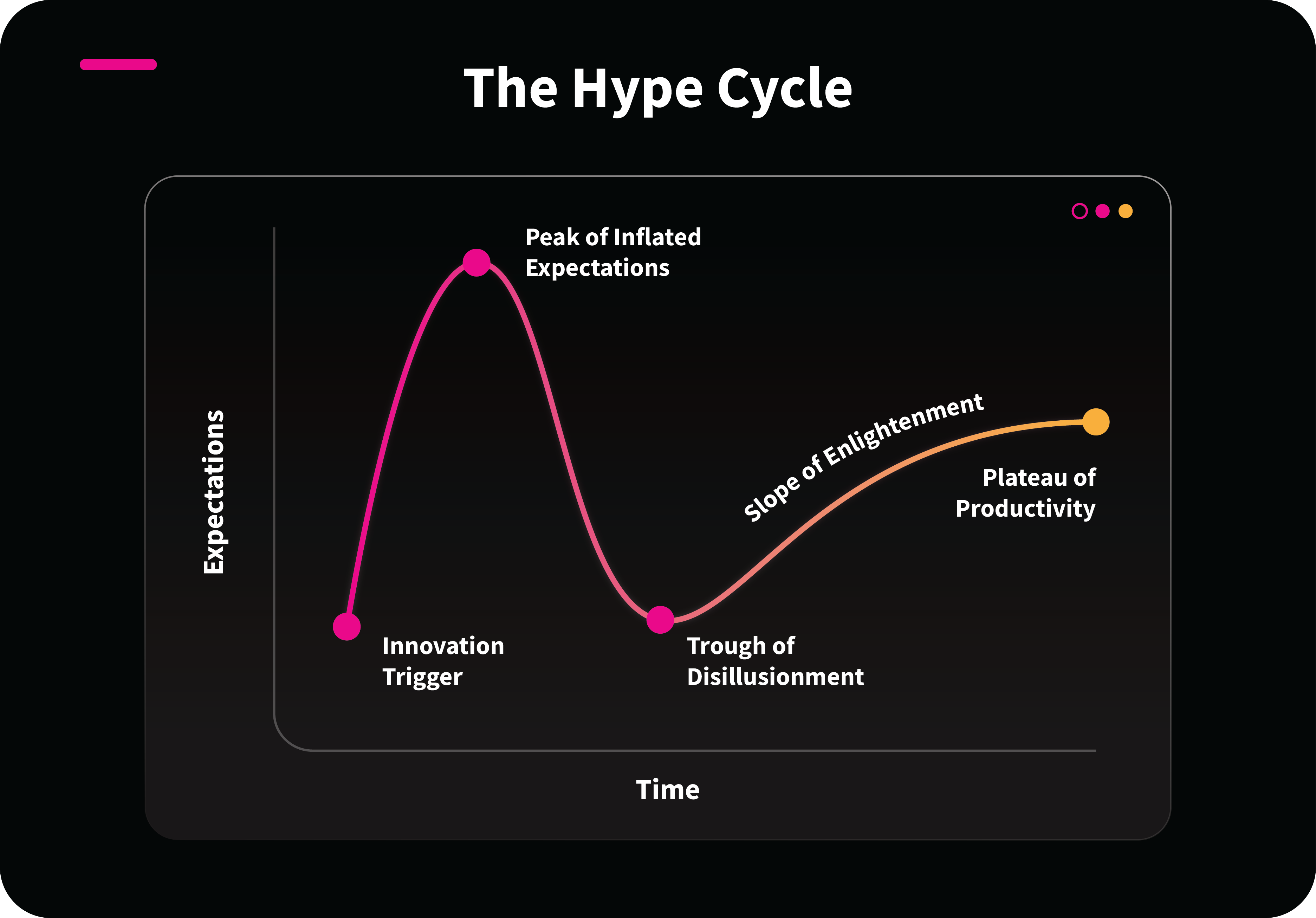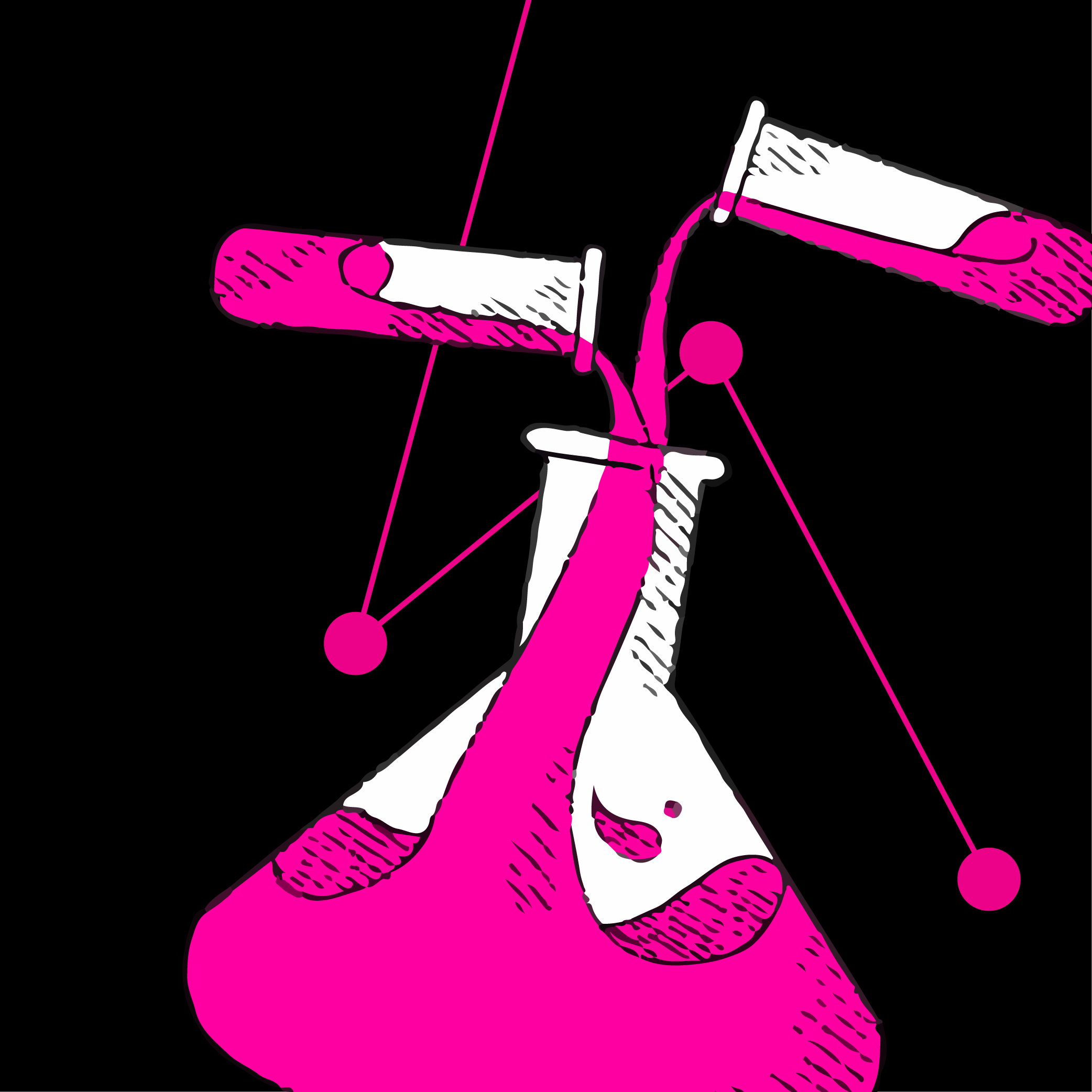Hi Joe,
I’m having trouble getting respect from my marketing leadership.
Working in marketing ops means I understand the processes between Marketing and Sales, what’s working well and what isn’t, but I don’t think my boss values my insights.
My role involves lots of procedural responsibilities like building emails and handing leads over, which I think creates the perception that my contributions aren’t important to the big-picture strategy.
How do I get my boss to listen to me? How do I make them see that my work adds value?
Thanks,
Ignored Isabel.

Isabel, I know this is tough.
Getting your boss to really appreciate the value you provide in MOPs can feel like pushing a boulder up a hill.
After years of progressing my career in MOPs and working with senior leadership figures, I’ve seen a real blind spot from management towards the complexities of marketing operations.
That said, the disconnect goes both ways.
A mistake I often made earlier in my career was to assume that everyone in a company speaks the same language. What comes fluently to us in MOPs can sound downright alien to people in other fields. For instance:
➡️ Data flows
➡️ Systems maintenance
➡️ Martech infrastructure
It’s rarely apparent to leadership at face value how these components help the company to work productively and achieve revenue targets. Add those things together — poor understanding of MOPs, communication that doesn’t touch the bottom line — and you get a lack of respect.
“A story of your value in MOPs
that makes your impact on the business clear.”
You’re doing great work that’s worthy of recognition. What’s missing is a story of your value in MOPs that makes your impact on the business clear.
Here’s some advice that can help you gain a seat at the table:
Unpack the strategy
Automating a ton of processes doesn’t mean your job is simple.
Every email you build or webinar you host comes after weeks of planning to make sure your campaigns run smoothly and reach the right audiences.
This is how you characterize your role to people who think you’re here to take orders; less plumbing, more architecture.
Know the room
You’re at a crossroads between technical know-how and commercial priorities.
Your CTO and IT team might relate to the grittier aspects of your work, but for Marketing and Sales, it’s all about how you’re planning and budgeting for successful campaigns and generating leads.
For responsibilities like vendor relations and data governance, you’ll need to surface how doing those things well helps your company be productive and profitable.
Unify your data sources
Reporting and analytics aren’t just ‘nice to haves’ — they’re the best instruments for painting the picture of your impact.
Give your tech stack some TLC and join together all the reporting elements that show how you’re performing against KPIs.
Share the right numbers
The most compelling move you can make with data is to leave behind the everyday operational challenges — the amount of tickets you’re handling, processes you’re running — and look at revenue.
👉 How many MQLs converted to SQLs?
👉 How many of those turned into closed deals?
👉 What dollar value are they converting?
Those data points prove your contributions to business growth, so own them.
“Persistence
goes the distance.”
Getting management to listen means changing their perspective of your value. It might not happen overnight, but persistence goes the distance.
Read our post How Do I Show My Boss My Value? for more advice.
You’ve got this,
Joe Pulse.








